Haver & Boecker Niagara provides industry-leading preventative maintenance support with a full suite of Pulse diagnostic services for vibrating screens in aggregates and mining. As a leader in vibrating screen technology, Haver & Boecker Niagara designed the Pulse diagnostics suite specifically to monitor the health of vibrating screens and identify issues before they become critical, improving operations’ productivity and proficiency. Haver & Boecker Niagara highlighted the Pulse diagnostics suite at CONEXPO-CON/AGG 2023 with the goal of shifting maintenance from a reactive to a predictive approach.
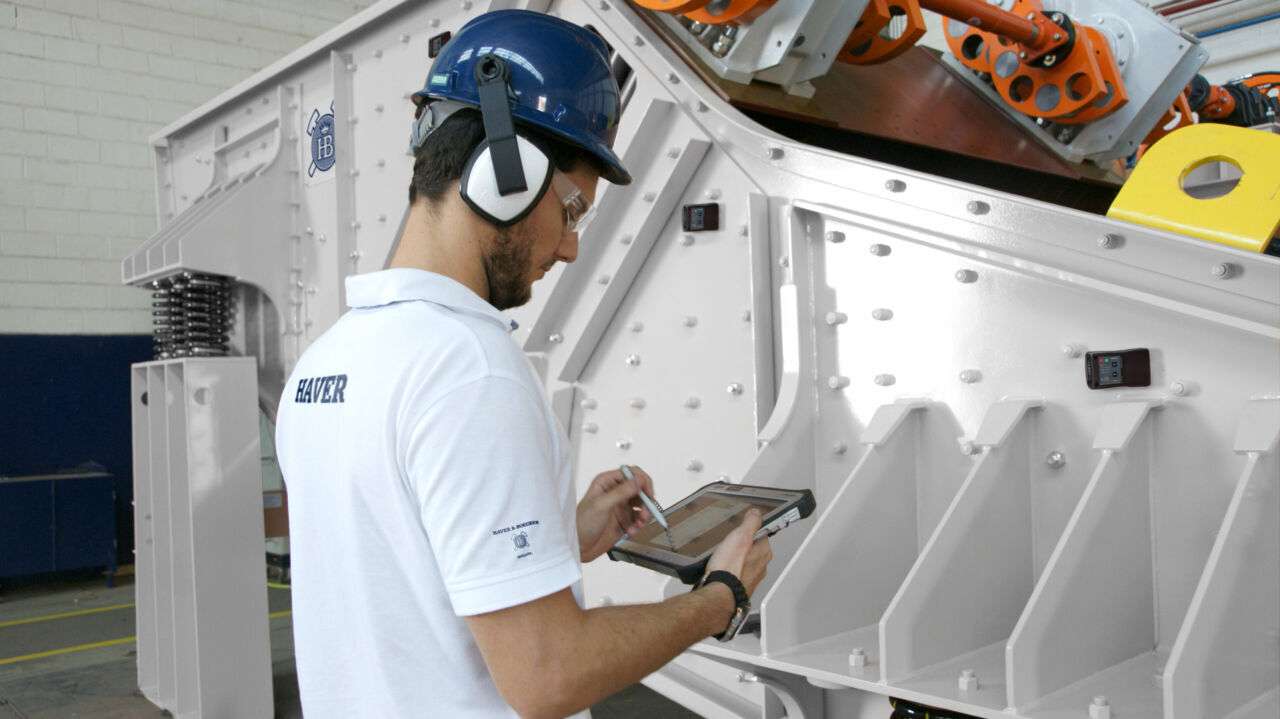
“The development of the Pulse portfolio came from our efforts to provide producers with reliable, measurable data through diagnostics. Our goal is to give producers a better understanding of their equipment and quick, easy testing options to maximize uptime by predicting maintenance requirements before they lead to unplanned downtime,”
said Wilm Schulz, Haver & Boecker Niagara’s parts and service manager.
The Pulse diagnostics portfolio includes Pulse Vibration Analysis, Pulse Condition Monitoring and the Pulse Impact Test. Each diagnostic option offers unique insight into machine performance and health.
Pulse Vibration Analysis gathers information through eight wireless, triaxial sensors which measure multiple parameters including speed, stroke and amplitude. The data is collected electronically and stored in an online database for an easily accessible historical overview of each machine. Haver & Boecker Niagara completes the first analysis at the factory on every new vibrating screen manufactured to capture a baseline and recommends biannual on-site analysis to optimize efficiency. Producers receive a Pulse Diagnostics Report, which provides an analysis of their vibrating screen and detailed recommendations from Haver & Boecker Niagara screening experts to prevent unscheduled downtime. This increases operation profitability by minimizing maintenance costs with predictive technology.
Pulse Condition Monitoring is a permanent, wireless system that can monitor equipment 24/7. Condition monitoring continually assesses the acceleration of the vibrating screen and provides a forecast of the equipment’s dynamic condition in intervals of 48 hours, five days and four weeks. The system captures real-time information on the monitored equipment and provides e-mail alerts when it detects the first sign of system anomalies. With consistent use, condition monitoring will accurately pinpoint and predict critical issues so that producers can schedule maintenance accordingly to help negate critical failure or unplanned downtime. With just one machine failure prediction, ROI on a 3-year Pulse Condition Monitoring contract jumps to 100%.
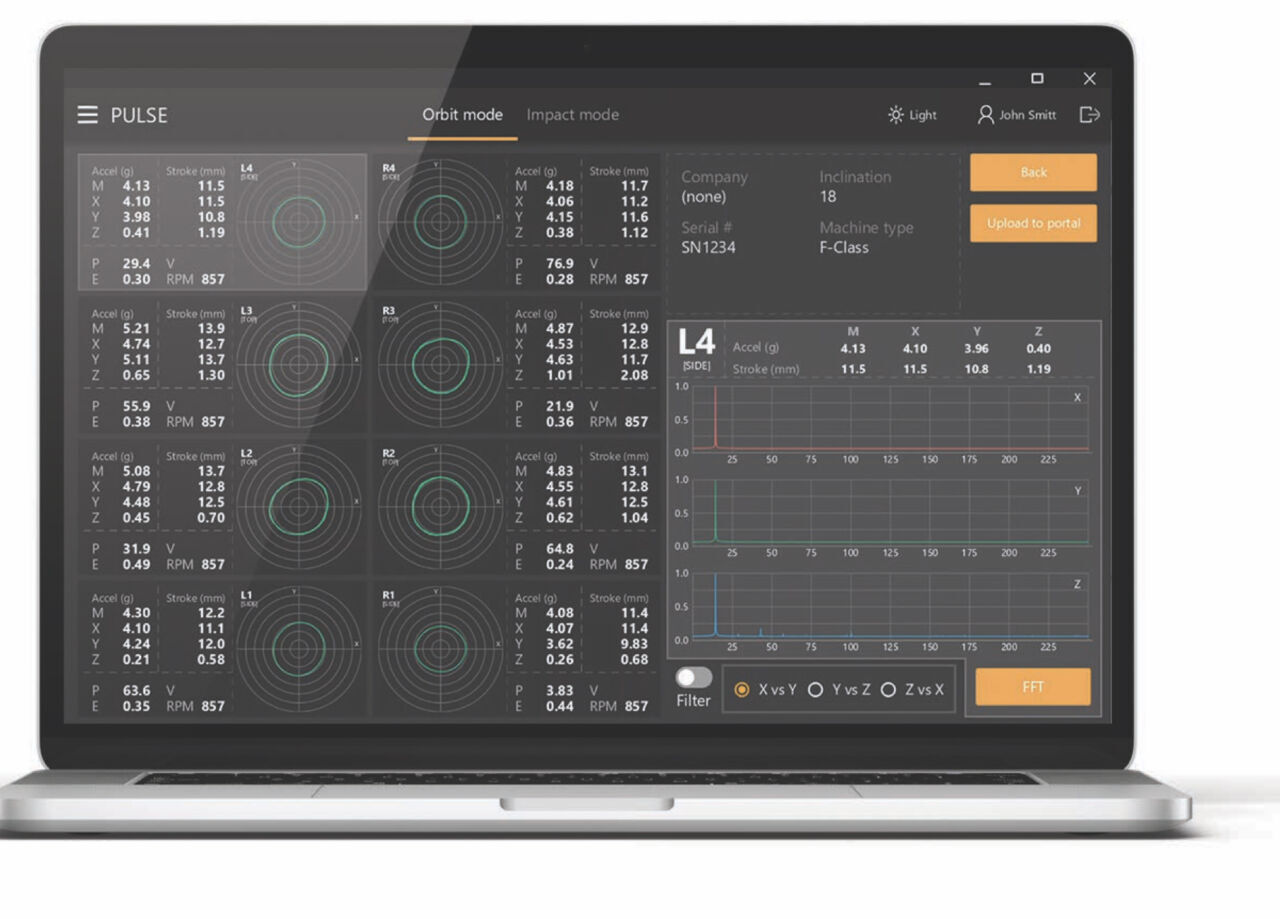
To round out the Pulse diagnostics portfolio, Haver & Boecker Niagara offers the Pulse Impact Test. The impact test — also known as the hammer test or bump test — ensures each machine is properly tuned to avoid operating in resonance. Operating in resonance can diminish productivity, incur damage to vibrating screens and pose safety risks. Impact testing involves placing wireless, tri-axial sensors at key areas if the vibrating screen, and then striking the machine at key points with a dead blow hammer while the machine is off. It typically includes the four corners but can be expanded to additional areas. Collected data is analyzed to identify the machine’s individual natural frequencies. Based on the results, engineers can adjust machine parameters to avoid these frequencies during operation. Haver & Boecker Niagara conducts impact testing at the factory before new machines are shipped out. However, these natural frequencies can shift over time, which is why Haver & Boecker Niagara recommends producers repeat the Pulse Impact Test at least twice a year.
The Pulse diagnostics portfolio is a critical part of PROcheck, Haver & Boecker Niagara’s comprehensive service process dedicated to keeping customers’ operations running at peak performance. PROcheck applies Haver & Boecker Niagara’s expertise during the inspection of customers’ screening processes to recommend best practices for proficiency. It includes diagnostics, processing equipment, engineered screen media, original parts, rebuilds and upgrades, services, plants and process engineering.
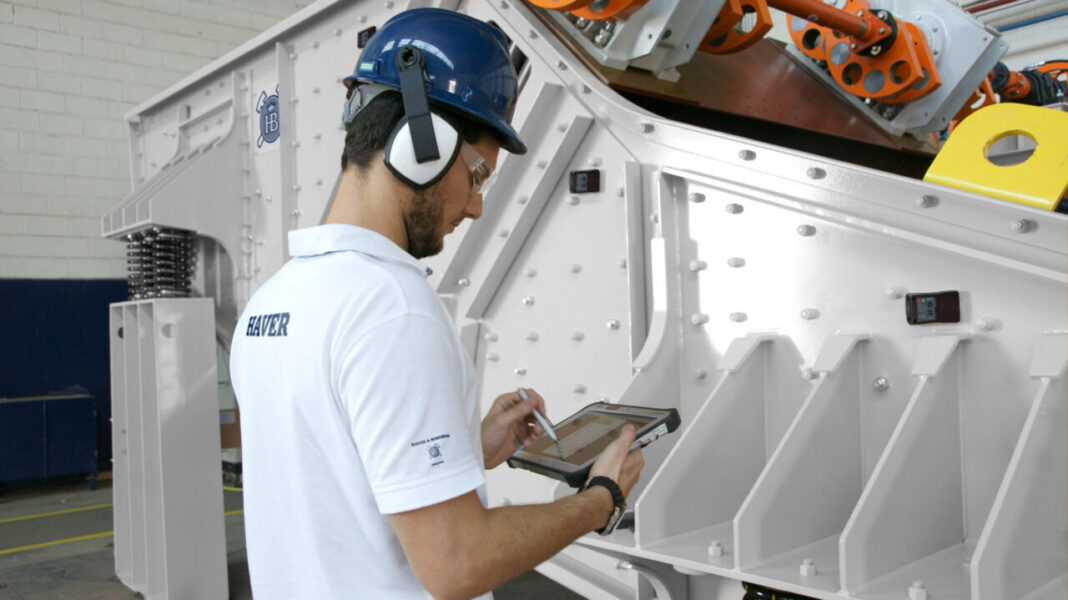
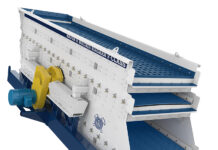



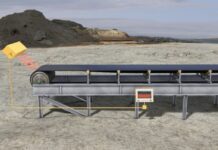
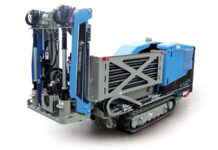
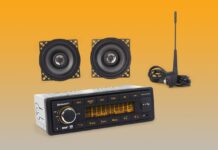


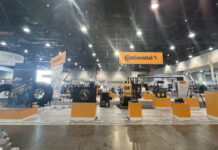
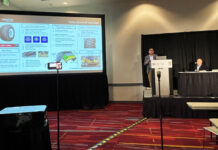
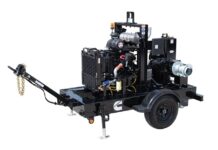
 Copyright 2020 All rights reserved.
Copyright 2020 All rights reserved.